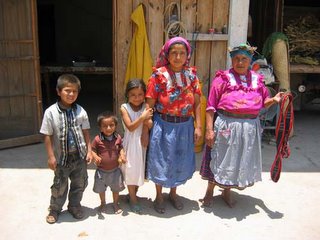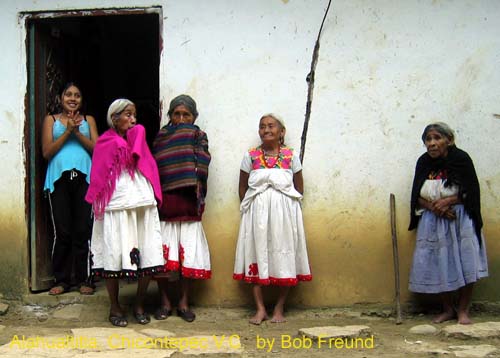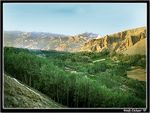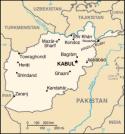Ordnance Survey Map 80/90, a Hunk of Gloucester Cheese, Several Pints of Bitter, and Thou in the Wilderness: A Valentine's Ramble in the Cotswolds
Oh look. How nice. The swash-bucklers at
 This photo of "Windmill Tump" is not ours, but taken by someone named Hamish in the spring of 2003 and posted on the web site
This photo of "Windmill Tump" is not ours, but taken by someone named Hamish in the spring of 2003 and posted on the web site But we never found Windmill Tump. Zipping to Bisley in our rented Fiat Panda (which fit in our suitcase, when we didn't need it) we became tangled in a particularly tricky round-about and shot off in the wrong direction, toward Rodmarton, a great manor house with a beautiful roof full of crags and turrets and an impressive yew hedge twenty feet tall and perfectly pruned even the top. Just the hedge made us want to knuckle our foreheads. Rodmarton is where Arts and Crafts design was conceived and nurtured (Arts and Crafts' clean, nearly Oriental, lines inspired Frank Lloyd Wright.) but is currently keeping ends met by opening its snowdrop gardens to the yoemanry on Saturdays or so said a hand-written poster at the mouth of the sweeping drive.
Rocketing through English country-side in the wrong direction, we consulted our highway map. What luck! The delightfully named "Windmill Tump" should be just right there in a field at the manor. With great hopes, and no idea what a tump might look like, clutching the map and hanging out the window, I kept up a steady and distracting string of exclamations like, "What's that!? That's it! Stop the car! That's it! No Wait!...That's not it. Is that it? What's that!? That's it!", Brian down shifted with his left-hand from fourth to first, and we cased the fields rolling away from us on this, one of the first sunny days of the English spring, but saw nothing that looked like what might be either a tump or a windmill.
We turned in at the village of Rodmarton, which is just a cluster of cottages washed up at the foot of big house and its hedge with lots of budding rose brambles and snowdrops coming up and people in their gardens shoveling mulch. And we asked three people who said they'd never heard of Windmill Tump, so we became discouraged and gave up, trailing in to Bisley like we'd lost the first game of the season, only later did we discover that it had been right across the street with a tunnel you can climb in and an official sign, but we didn't know that then.





